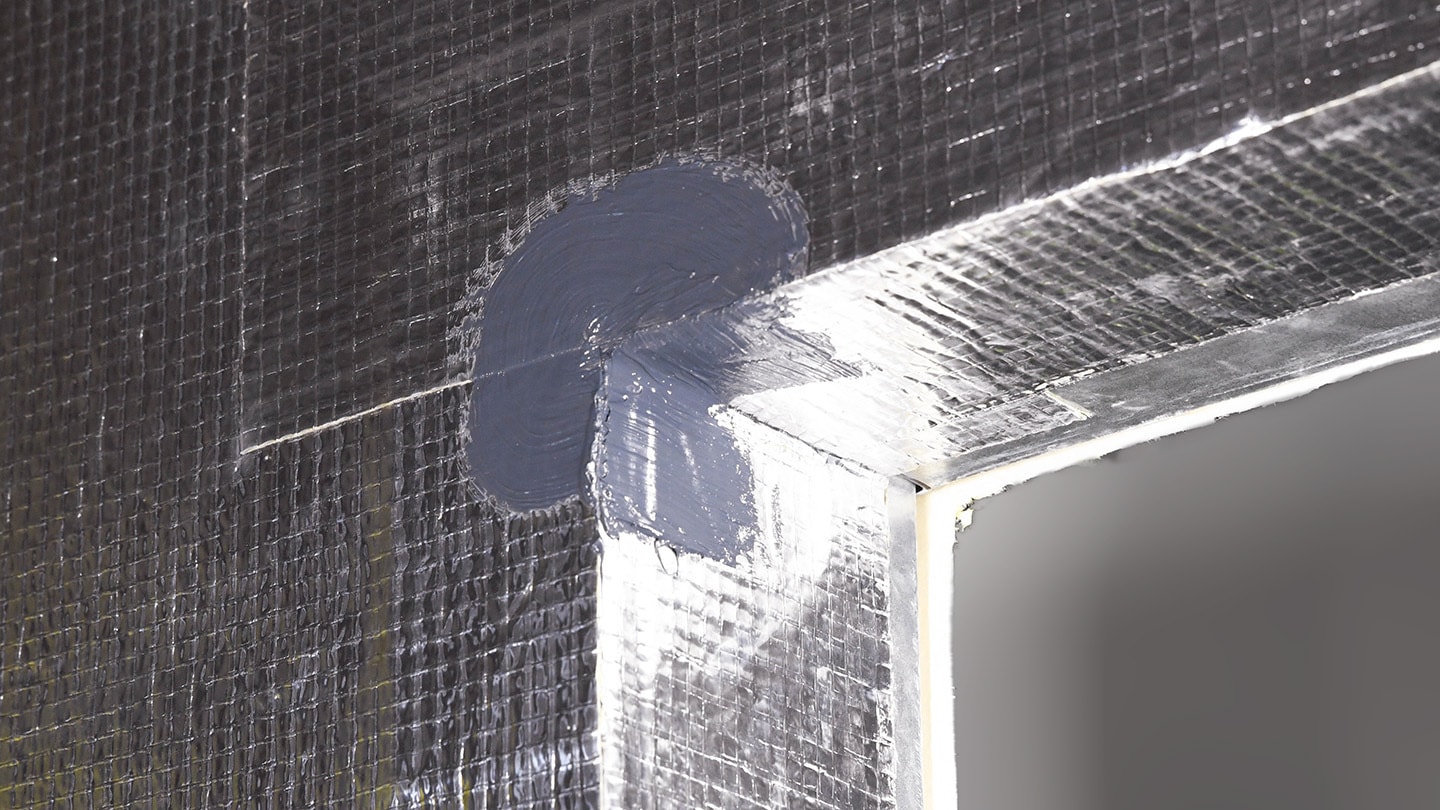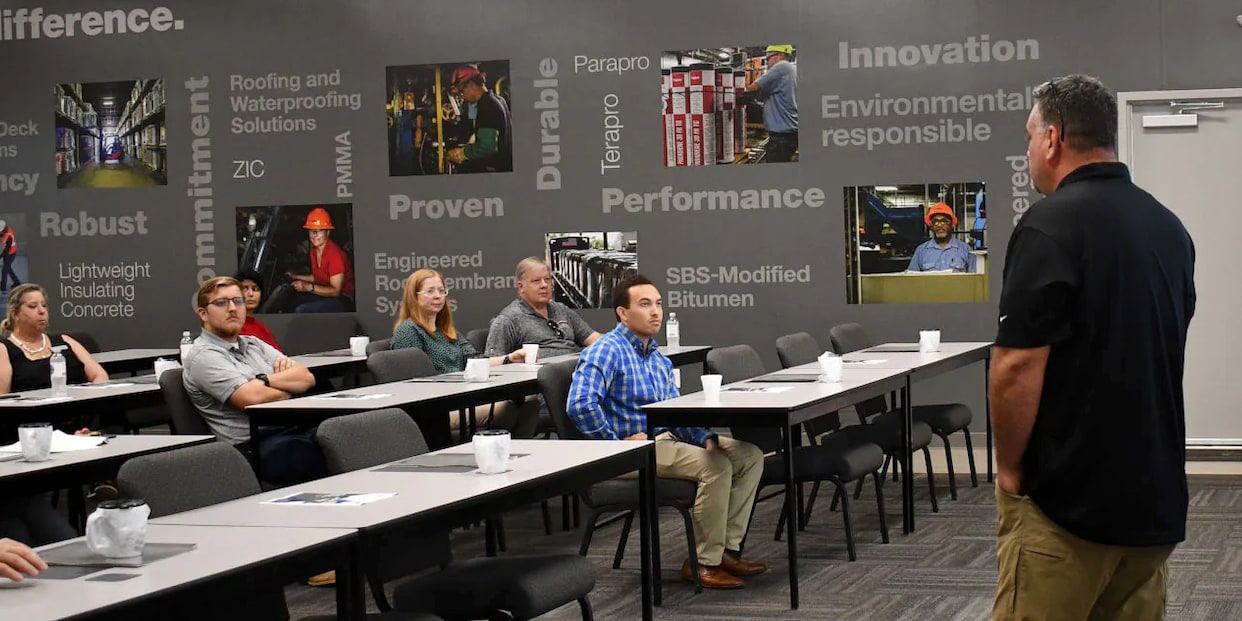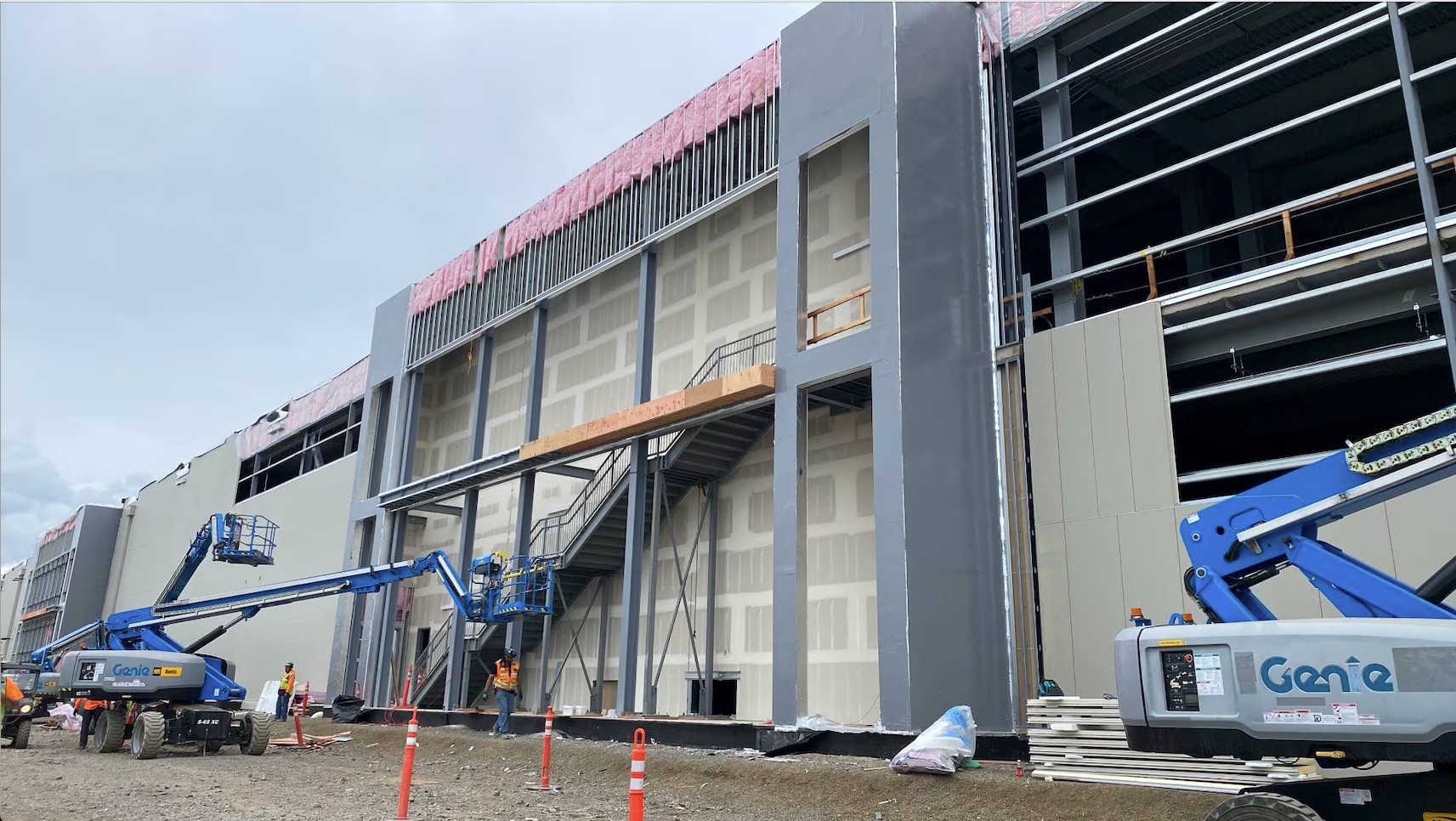Educational structures hold immense power in shaping the minds and experiences of future generations. The physical spaces where learning takes place must support that goal—and be more than just a structure.
Schools are environments that influence creativity, collaboration, and innovation, and the infrastructure of educational buildings plays a critical role in fostering a conducive learning environment.
However, this is not always the current reality—as tens of thousands of educational buildings across the country face the risk of moisture and water damage.
Offering a potential solution, the Biden-Harris Administration's 2022-23 Renew America's Schools Program marked a new turning point for education infrastructure nationwide with a $500-million initiative to transform the infrastructure of K–12 public schools. The program acknowledged the widespread need for energy-efficient upgrades, with 30% of applicants desiring enhancements to their building envelope.
A key component of the building envelope is Air and Water-Resistive Barrier (AWB) systems, vital to safeguarding educational structures. Whether or not a school is a recipient of this new grant, the building enclosure community should consider AWB systems to help protect educational institutions.
Why AWB Systems?

There are a number of reasons why AWB systems are beneficial in school buildings. Some of the primary reasons include:
Energy Efficiency
AWB systems limit air and water leakage by effectively sealing the building envelope, serving as guardians of structural integrity.
Air barriers prevent air from entering or leaving a structure, while water barriers keep moisture from permeating the building envelope. This can help maintain a consistent indoor climate and prevent moisture-related damage such as mold growth, rot, and corrosion.
When installed properly, AWB systems are highly effective in reducing energy consumption, potentially resulting in reduced cost of general building maintenance, HVAC upkeep, utility bills, and recurring repairs due to moisture damage—considerations especially significant when navigating limited education budgets.*
Health and Wellness
AWB systems can also help improve the health and wellness of the building's inhabitants. Hurricanes, drought, wind storms, and thunderstorms storms, including other extreme events, carry the potential to damage a building's infrastructure, and AWB systems offer an additional layer of protection against the elements, especially considering how the climate continues to become more unpredictable and hazardous.
These systems can also help enable a well-designed ventilation system to ensure maximum comfort and fresh air. Preventing dangerous exposure to the elements as well as aiding in retaining a consistent indoor climate, AWB systems help enable a comfortable, ventilated, and durable environment.
Sustainability
In addition, AWB systems can enable educational facilities to contribute to the rapidly growing–and very much necessary–global commitment to build a more sustainable future. Buildings are significant contributors to energy-related emissions, and AWB systems can help lighten the load (and, potentially, harmful emissions) on HVAC systems working overtime to prevent thermal loss, leading to significant energy savings.*
Some AWB systems can contribute toward optimized energy performance and improved indoor air quality for building occupants to meet the requirements of the U.S. Green Building Council's Leadership in Energy and Environmental Design (LEED).
*Energy cost savings are not guaranteed and the amount of savings may vary based on climate zone, utility rates, radiative properties of roofing products, insulation levels, HVAC equipment efficiency and other factors.
Navigating the Dos and Don'ts of AWB Systems
When deciding to use AWB systems within educational institutions, a few factors that matter the most are the installation, material combination, and maintenance.
Installation
Improper installation and specification of AWB systems may hinder the positive impacts of these systems in educational spaces. To determine the exact type of AWB systems necessary within an educational facility, there needs to be a strategic and detailed review of the school's condition, location, and climate predictions.
Material Collaboration
Additionally, the building's design and selected materials can make or break the successful installation of an AWB system.
From fluid-applied membranes sprayed onto walls to adhered-sheet-applied barriers rolled onto surfaces and lapped at the seams, the choices are vast.
Hasty selections may result in costly, time-consuming, and even dangerous conditions and repairs for students and the administration.
Maintenance and Protection

The commitment to student's health, protection, and well-being does not cease after installation, either. Investing in staff and facility managers' training and knowledge of the systems, their regular upkeep, and proactive potential malfunction detection is crucial. Damage, lack of maintenance, or misunderstanding of the AWB systems' interconnectivity with the HVAC system can have a drastic subsequent impact on the rest of the buildings' functioning, creating an unsafe environment for students and hindering their education. Neglecting these measures risks compromising the safety and educational experience of students.
Safety of the Educational Environment
Educational spaces are significant in shaping the future, and this cannot be overstated.
These environments nurture the development of young minds and serve as a stepping stone to success. The current reality poses a threat to that mission as educational infrastructures continue to degrade.
However, AWB systems are pivotal components in safeguarding these spaces. Their ability to not only prevent water damage and enhance energy efficiency but also help contribute to the health and well-being of students and staff is key to retaining the level of quality educational spaces demanded for students to thrive.
Additional Benefits of AWB Systems
The benefits of AWB systems, which extend beyond the potential cost savings to encompass environmental sustainability and resilience against the impacts of climate change, are immense.
However, it's important to keep in mind that the successful implementation of AWB systems requires careful consideration of factors such as location, design, and proper installation techniques.
The commitment to maintaining these systems doesn't end with installation. Ongoing training and vigilant maintenance are essential to ensure their continued effectiveness.
To make this happen, facility managers should be equipped with the knowledge to inspect the AWB systems regularly to check on their continued effectiveness. The reason being, swift attention is essential to enable maximum durability of the barrier system throughout the construction process and, ultimately, the lifespan of the structure.
Renew America's Schools Program and AWB Systems
Although the Biden-Harris Administration's Renew America's Schools Program set the stage for a more sustainable tomorrow, highlighting the urgency and potential for change, it is up to individual educational institutions, architects, and community representatives to move the needle even further.
Prioritizing the integration and upkeep of AWB systems in educational infrastructure is not just a matter of practicality but a commitment to fostering a safe, healthy, and conducive environment for the minds of tomorrow.
Educational institutions can—and should—uphold their duty to shape a brighter future for generations to come by investing in these measures and using AWB systems.
For more information on Siplast's AWB solutions for education, contact us!


